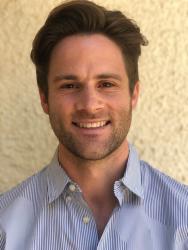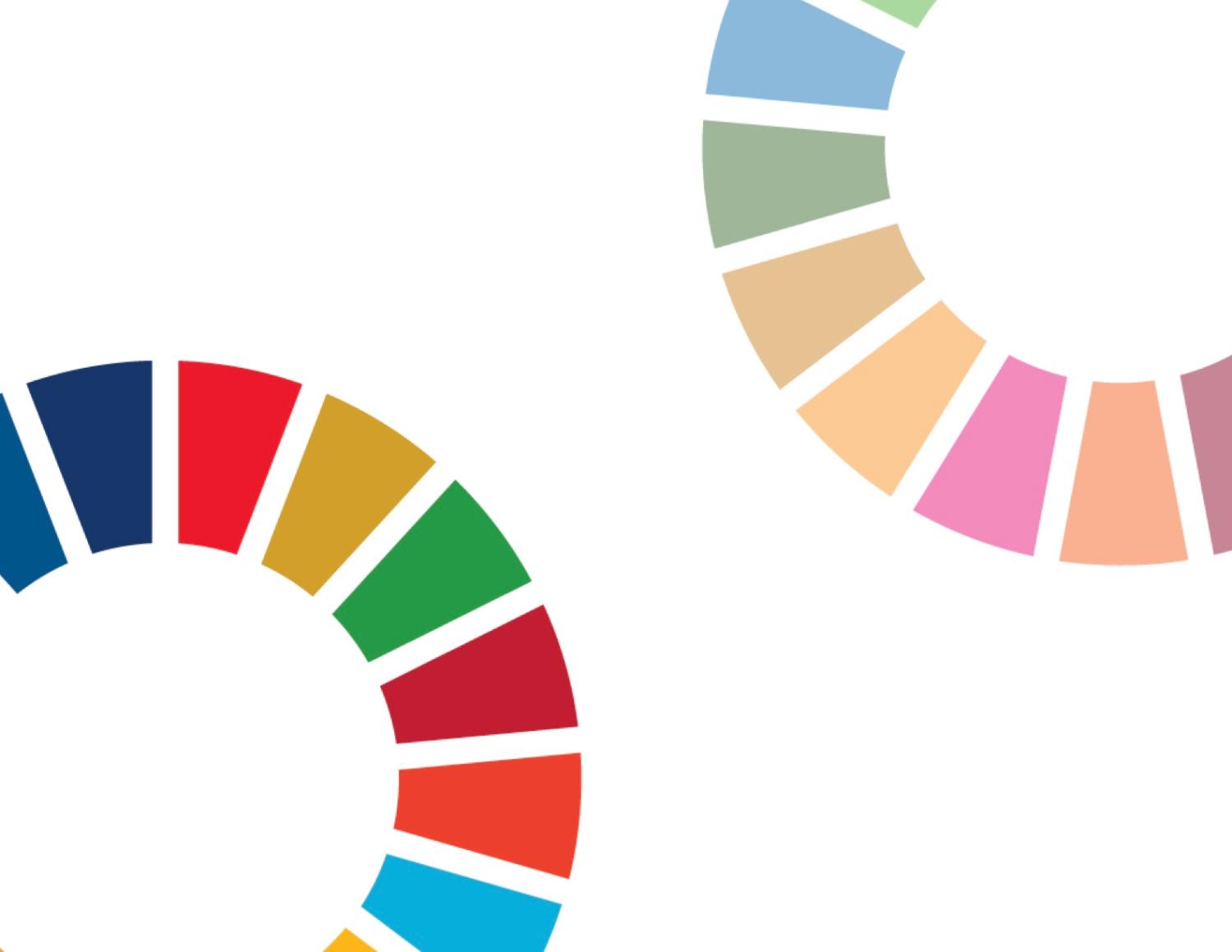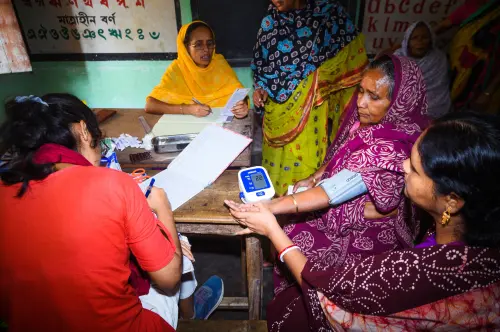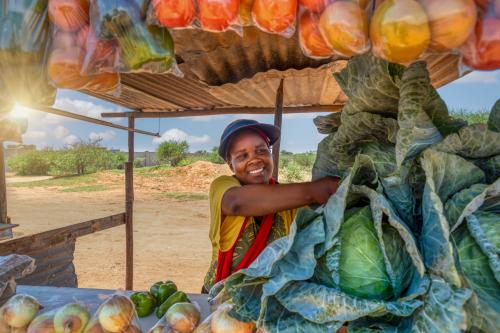Summary
This report considers the potential value of 17 Rooms as a tool to help community foundations (CFs) advance a full range of environmental, social, and economic priorities embedded in the world’s Sustainable Development Goals (SDGs). While the SDGs can help CFs pursue a more comprehensive approach to local-level action, many CFs report challenges around sustaining the scope and scale of this action over time. Based on case studies across five communities, we find that 17 Rooms can help (i) shape a common language for community-wide action; (ii) make diverse community assets visible and cohesive; (iii) make strategic plans practical; (iv) cultivate community-scale competencies; and (v) connect projects to population-level progress. The report includes a practical playbook to provide guidance for the broader community of CF leaders aiming to leverage 17 Rooms as a catalyst for more effective, community-scale leadership for sustainable development.
Introduction
As the world approaches the 10-year mark of the Sustainable Development Goals (SDGs), local-level policies, initiatives, and collective action have been an important component of implementation efforts. Faced with issues such as extreme weather, environmental conservation, housing, public health, and economic development simultaneously, local communities are at the frontlines of many of the environmental, social, and economic challenges embedded in the goals.
While the 2015 United Nations resolution that defined the SDG agenda gave limited attention to the role of local governments and institutions, subsequent independent Global Sustainable Development Reports in 2019 and 2023 highlighted local and subnational action as essential for achieving the goals. A great deal of attention has focused on strengthening the actions of municipal and subnational governments. However, the complexity of taking on multiple SDG challenges at once and dealing with their interdependencies demands a broader, “whole-of-society” approach that involves not just governments but also business, philanthropy, academia, and civil society.
Few local institutions are purpose-built for such cross-sector collaboration, but community foundations (CFs) represent one important possible exception. CFs are charitable organizations that collect and administer financial resources from multiple donors, primarily for the benefit of the geographic community or region where they are located. CFs both raise funds and make grants, and they seek to build a base of assets that benefits a geographic community over the long term; thus, they generally have a set of relationships and activities that span the full range of a community’s stakeholders and issue areas. With over 900 CFs in the U.S. alone managing approximately $149 billion in assets and granting over $15 billion in 2023, CFs hold significant potential for place-based progress on the SDGs.
In a marketplace where donor attitudes toward giving are shifting, and donor tools for pursuing philanthropic goals are expanding, community foundations are seeking ways to broaden and deepen their impact. CFs’ growing ambition to drive comprehensive change on local priorities aligns well with the holistic perspective encouraged by the SDGs. This has led an increasing number of CFs across the globe to use the SDGs to map a community ecosystem of issues and stakeholders; identify gaps, priorities, synergies, and trade-offs around action within this ecosystem; and track community-level progress toward issues of shared importance. Internally, CFs have used SDGs to audit grantmaking, inform investments, and develop strategic plans. The SDGs are helping some CFs develop their capacity for community leadership —a concept that recognizes that the potential influence of CFs extends beyond grantmaking to encompass CF’s convening power, ability to broker cross-sector partnerships, and long-term stewardship of community-level transformations.
However, many CFs find it a new challenge to take on the scope and scale of community-wide leadership that the SDGs demand. It is increasingly common for CFs to work at the system level on one issue, such as education, convening a range of stakeholders to address its multiple dimensions and facets. It is less common for CFs to connect the full range of efforts and stakeholders in education to those in health, jobs, or the environment—let alone integrate all activities into a unified strategy for community sustainability and well-being. Thus, CFs frequently move quickly from considering the SDGs as a whole to zeroing in on a smaller, more manageable subset of issues.
This points to the need for new approaches that can help CFs increase their effectiveness in driving local-level SDG action.
17 Rooms is one such approach to community collaboration and problem-solving for the SDGs. A flexible way for community members to come together, share insights, and surface and accelerate collaborative action, over 70 communities across more than two dozen countries have experimented with 17 Rooms in a range of contexts, from municipalities to universities, schools, organizations, and regions.
From 2022 to 2024, we engaged with five distinct community contexts to understand how a cross-section of CFs across the U.S. utilized 17 Rooms to advance community-level priorities—in Cleveland, East Central Florida, Hawai’i, Puerto Rico, and West Central Minnesota (see BOX 1). We did this from the perspective of the 17 Rooms secretariat and the Center for Sustainable Development at Brookings, which co-hosts and co-chairs the 17 Rooms initiative. We interacted with each local team before, during, and after its local 17 Rooms exercise. This included a range of pre- and post-event interviews with local organizers. Importantly, each local exercise was organized directly by local actors, with the 17 Rooms secretariat providing access to shared project tools and insights from previous 17 Rooms undertakings.
Our analysis of these case studies suggests that 17 Rooms may help CFs mobilize collaboration among a broader range of stakeholders on a broader range of issues while also helping align internal operations with external community engagement. Our overall finding is that 17 Rooms offered CFs the opportunity to more fully leverage the SDGs to strengthen their community leadership and establish new relationships, initiatives, and collective momentum on challenges facing the communities that they serve.
This report provides insights, lessons, and practical guidance for prospective 17 Rooms organizers. In the following section, we share five lessons for how 17 Rooms allowed CFs to (i) develop a shared language for community-wide action, (ii) increase visibility of community assets, (iii) transform strategic plans into practical initiatives, (iv) cultivate community leadership competencies, and (v) better understand the relationship between initiatives and population-level outcomes. These lessons serve as a foundation for a practical playbook, outlined in section 3, for helping CFs and other community stakeholders implement their own 17 Rooms exercise.
-
Acknowledgements and disclosures
The authors would like to thank all community leaders who generously shared their learnings and feedback, including James Bacchus, Mark Brewer, Thomas Bryer, Jennifer Rupert, and Sandi Vidal; Patrick Branco, Celeste Connors, and Kihei Seto; Nelson Colon, Mary Ann Gabino, and Palmira Rios; Deepa Vedavyas; Sarah Casey, Rebecca Petersen, and Anna Wasescha. We would also like to thank Molly Graham for initial drafting and design support, Juliet Lancey for background research and assisting learning interviews, and Junjie Ren and Jeannine Ajello for editorial and staging support. Thank you to Nick Deychakiwsky, Homi Kharas, John McArthur, and Larry McGill for helpful comments and review on earlier drafts of this report.
The Brookings Institution is a nonprofit organization devoted to independent research and policy solutions. Its mission is to conduct high-quality, independent research and based on that research, to provide innovative, practical recommendations for policymakers and the public. The conclusions and recommendations of any Brookings publication are solely those of its author(s), and do not reflect the views or policies of the Institution, its management, its other scholars, or the funders acknowledged below.
Brookings gratefully acknowledges the support of the Charles Stewart Mott Foundation.
Brookings recognizes that the value it provides is in its absolute commitment to quality, independence, and impact. Activities supported by its donors reflect this commitment.
The Brookings Institution is committed to quality, independence, and impact.
We are supported by a diverse array of funders. In line with our values and policies, each Brookings publication represents the sole views of its author(s).








